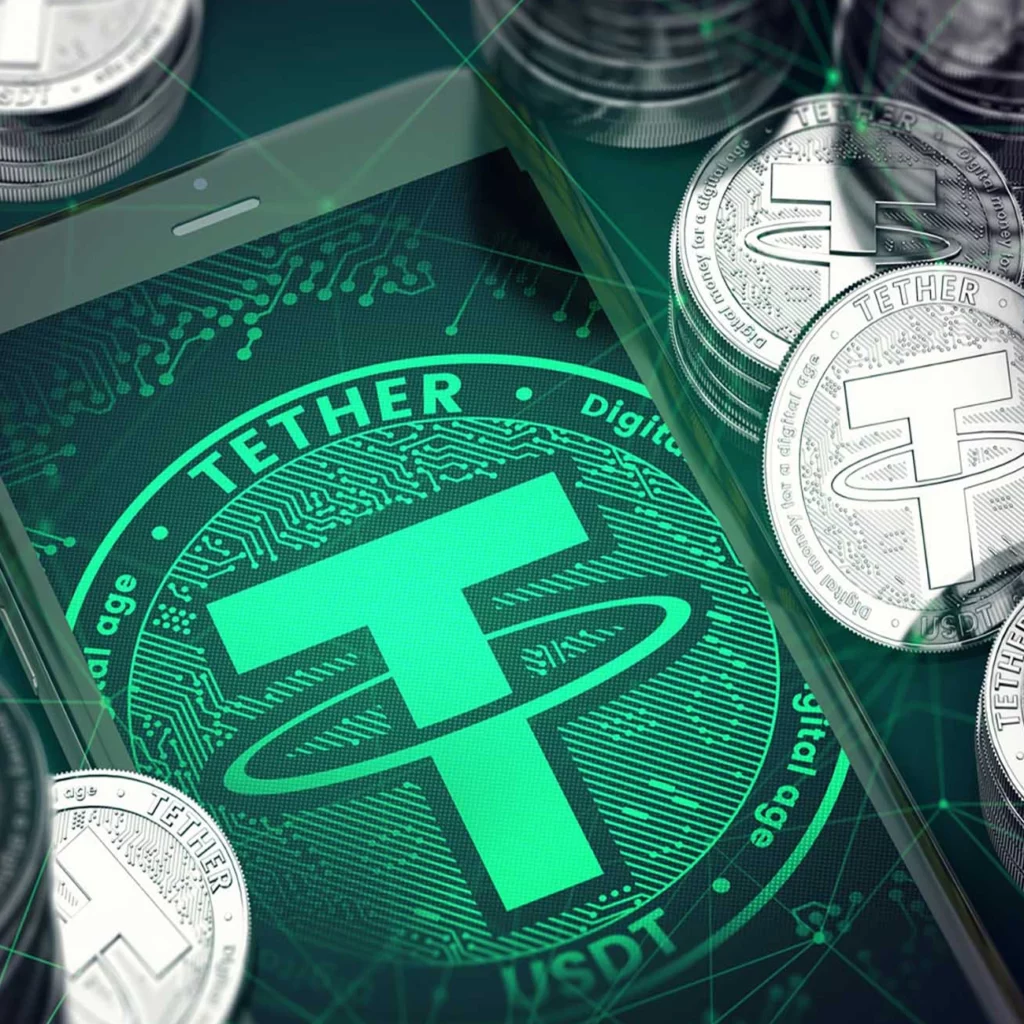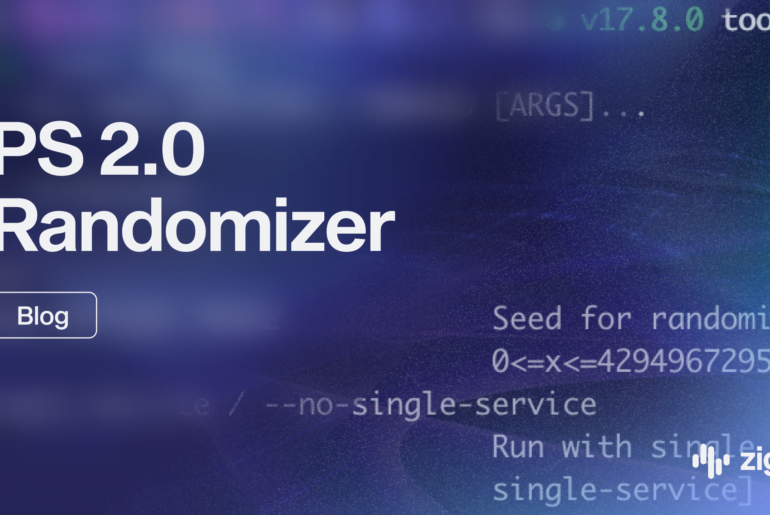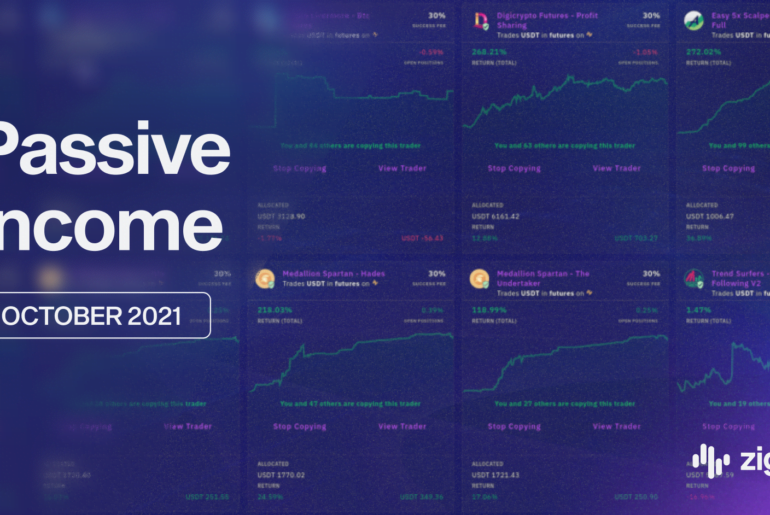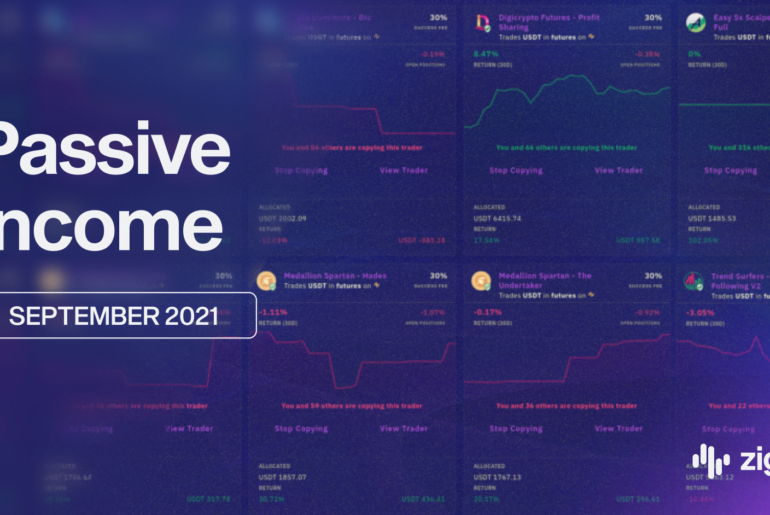What’s a stablecoin, why are they so crucial for our trading and which one should we choose?
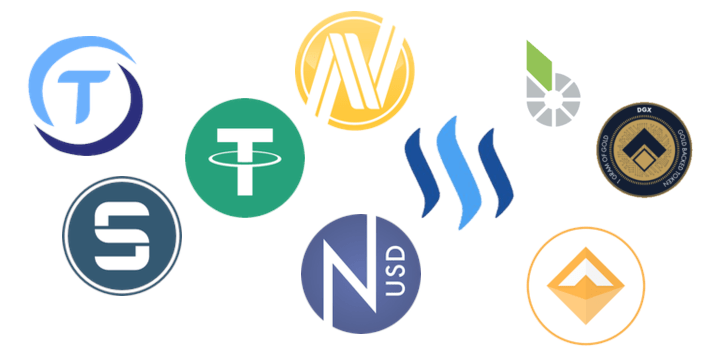
Stablecoins
A Stablecoin, in simple terms, is a crypto-asset that offers a fixed value. Most stablecoins are pegged to a fiat currency like the USD or even a physical asset like gold or diamonds. The projects behind the blockchain hold the real asset (USD, gold, diamond, oil…) in a bank or vault backing the value of the stablecoin. For example, TrueUSD (TUSD) trades 1:1 against the USD, meaning 1TUSD = 1 USD. They hold as many USDs in their bank accounts as TUSD tokens exit out there.
Noted that all stablecoins pegged to a fiat currency can guarantee a fixed value, but their stability would be as stable as the fiat that backs them.
Beside the fiat collateralization mechanisms (or any other collateralization model: gold, diamond, even cryptocurrencies), there are others mechanisms based on algorithms (without any asset backing them) that enforce and guarantee the fixed value of a stablecoin.
Stablecoin and crypto trading
The stablecoins is what gives us stability in this volatile market. It’s like a lifesaver. If the market goes in the opposite direction at what you thought, or you don’t know what to do, you always can transfer all your cryptocurrencies to a certain stablecoin and wait for the storm to end.
Also, you may want to retire your earnings once per month, or per week, or whenever. Most of the crypto-traders use bitcoins against any other altcoin, but you want to withdraw them in something that you can spend (pitifully, the available options for buying directly with our cryptocurrencies are minimal today). By the time you want to perform the withdraw, the bitcoin, due to its volatility could have fallen so much that your profits become losses. You can avoid it if you trade your earnings to some stablecoin just after you decided that you want to withdraw that amount at a certain point.
Choosing a stablecoin
Let’s take a look at some of the most popular stablecoins currently in the market.
We’ll limit the list to stablecoins that are in at least one exchange.
Bitshares
Bitshares uses a sophisticated mechanism for stabilizing their token BITUSD (linking 1 BTS to 1 USD) through their second token BTS. Any other asset does not back them. It’s their algorithm the one that takes care of the stability of the token.
You can trade BITUSD only on OpenLedger DEX exchange.
Digix Gold Tokens
Digix Gold Tokens uses a collateralized mechanism based on gold, where 1 DGX represents 1 gram of gold. DGX value is quite stable, always around $40, so it could work for our purpose.
Pitifully, DGX is not available in many exchanges, just in these:
- Bitfinex
- Ethfinex
- Kryptono
Havven
Havven provides a decentralized system collateralized by their second token HAV and a mechanism to incentive holding. nUSD is their stable token, with a fixed price close enough to $1 (currently 0.995654).
nUSD only can be traded on KuCoin exchange.
MakerDao
MarkerDao is another decentralized project that works similar to Bitshares. Its token DAI is linked to the USD (but not backed by USD). Its algorithm moves a target price which incentive people to buy or sell, getting in this way the desired stability.
DAI can trade on the following exchanges:
- Bancor
- Bibox
- Bitfinex
- DDEX
- Ethfinex
- Gate.IO
- HitBTC
- Yobit
NuBits
NuBits also keeps its stability through an algorithm, but it has proven not to be reliable three times (and it didn’t recover from the last one). You can check how the current price is $0.108882, but still, you can find this on their website:
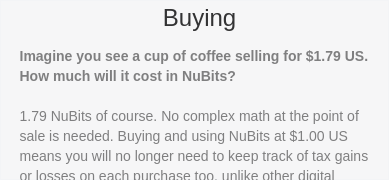
If you want to know more about what happens with USNBT, check The End of a Stablecoin — The Case of NuBits.
You can trade USNBT on Bittrex.
Stasis EURS
Stasis EURS creates a collateralized token called EURS backed by EUR. 1 EURS = 1 EUR.
We can trade EURS on the following exchanges:
- Bancor
- HitBTC
- Tokens.net
SteemDollar
SteemDollar is another project that tried to get a stable price through their mechanism. However, as you can see in the following chart, the price, although it doesn’t usually go below $1, it has significant rises:
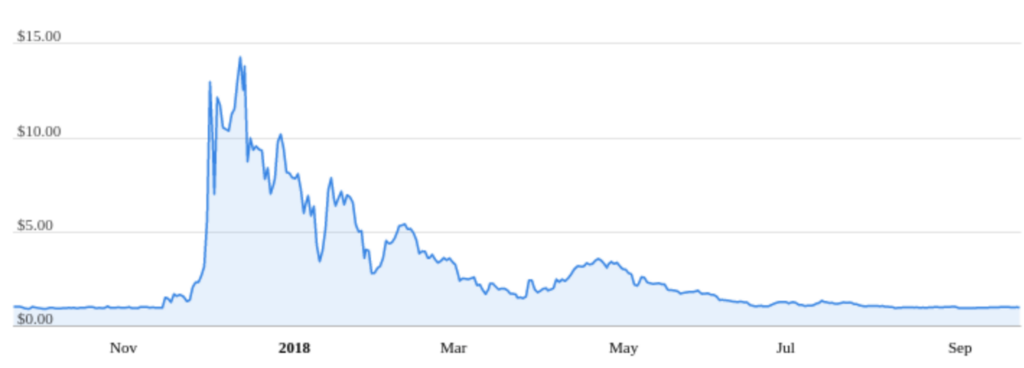
You can trade SBD on the following exchanges:
- Bittrex
- Poloniex
- UPbit
Tether
Every Tether () token is backed 1:1 with the US dollar, so it works as the EURS or True USD for example. Tether is the most known and used stablecoin in the market, you can find them in almost any exchange, and you can trade it with many altcoins. Without a doubt is the most used stablecoin, but there is a great concern about the transparency of the project and other things (check tether controversy). Recently they have started to be more transparent, and they are providing some proof of funds.
As we said, you can find USDT any exchange so that we won’t list them here.
True USD
True USD is a 100% collateralized project, USD-backed. They are one of the most trusted stablecoins, as they use legally protected accounts, use several bank partners and undergo regularly independent auditories.
Their asset, TUSD can be traded in numerous exchanges:
- Binance
- Bitso
- Bittrex
- Cointiger
- CREX24
- Cryptopia
- DDEX
- Digifinex
- Exrates
- HitBTC
- Idex
- Koinex
- YoBit
Why don’t we trade directly with fiat?
For several reasons, first, most of the exchanges don’t support fiat. The requirements are too high.
Second, transfers that involve fiat are slow and expensive.
Third, you will have to deal with taxes as soon as you touch fiats.
I’m sure there are a lot more out there.
Final
These are the stablecoins that I have found that you can use for cryptocurrency trading. I’m sure there are more, and I’ll keep the article updated about them.
I stopped using Tether at the end of last year when I hear about the hacking and all the controversy around it. I like the algorithms mechanism, but I need to understand well how they work to trust them. As we have seen with NuBits, there could be events, not contemplated by the algorithm yet that can break the peg. For now, I would trust on TUSD. However, it doesn’t allow you to trade directly against many altcoins, so I’d use it just as a lifesaver.
How about you? What stablecoin, if any, do you use? Do you know any other that I didn’t mention?

